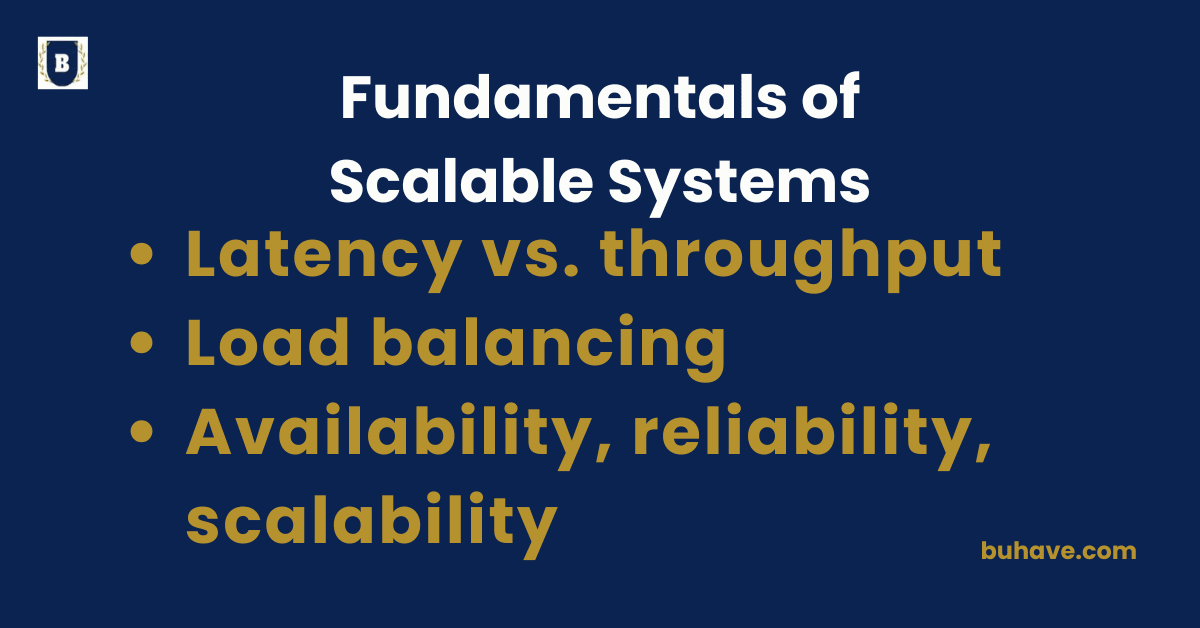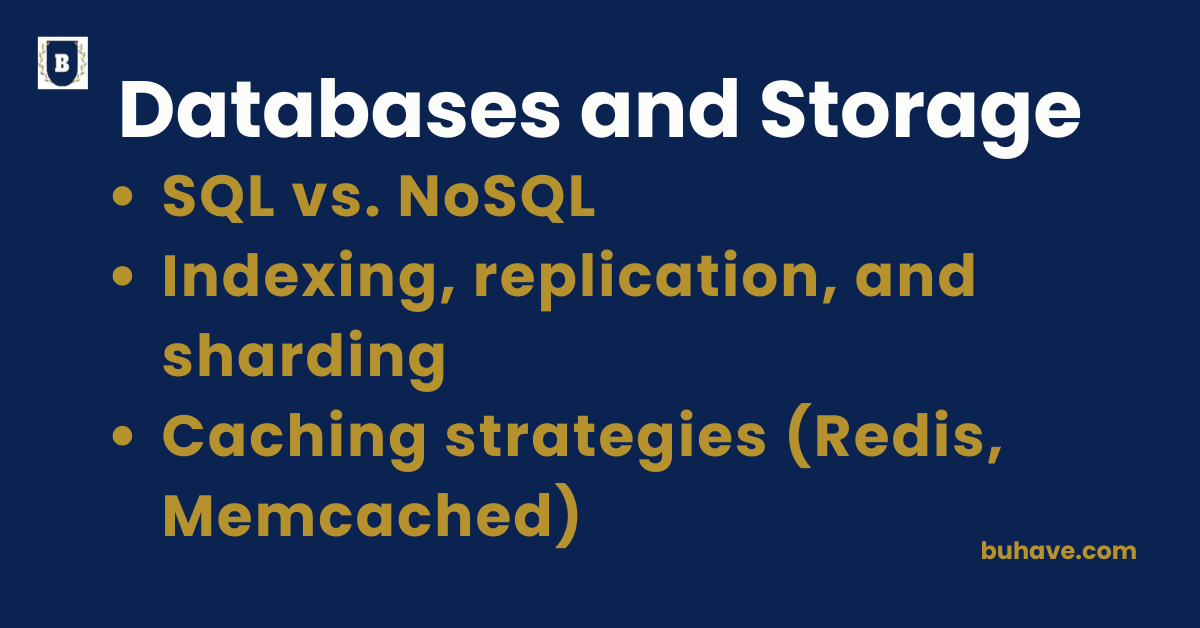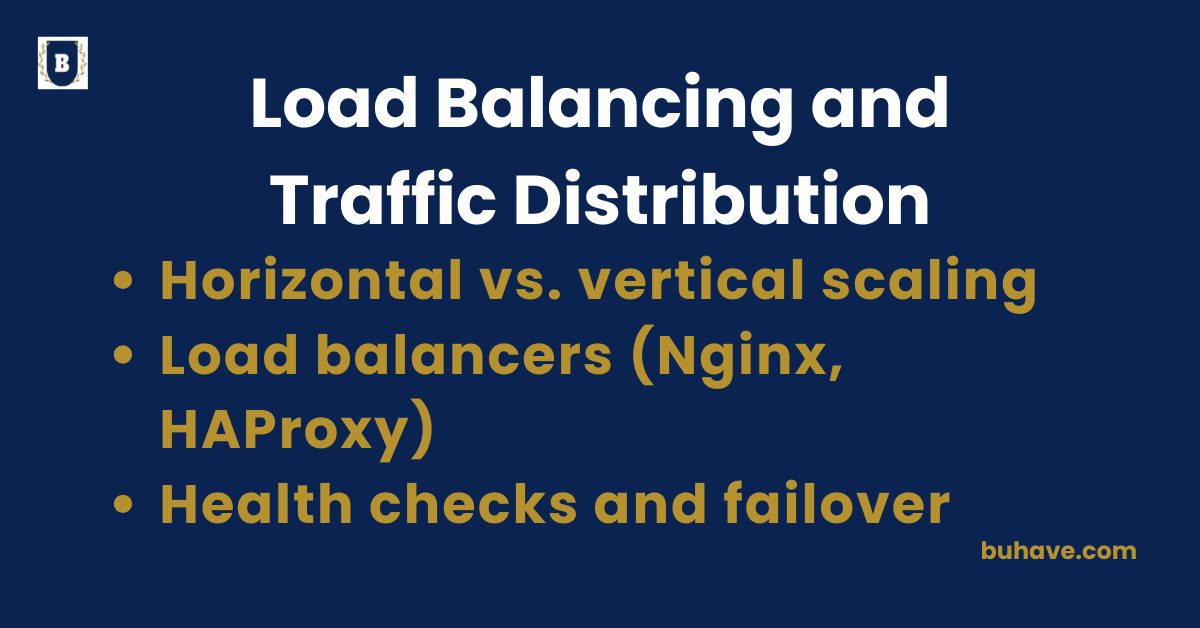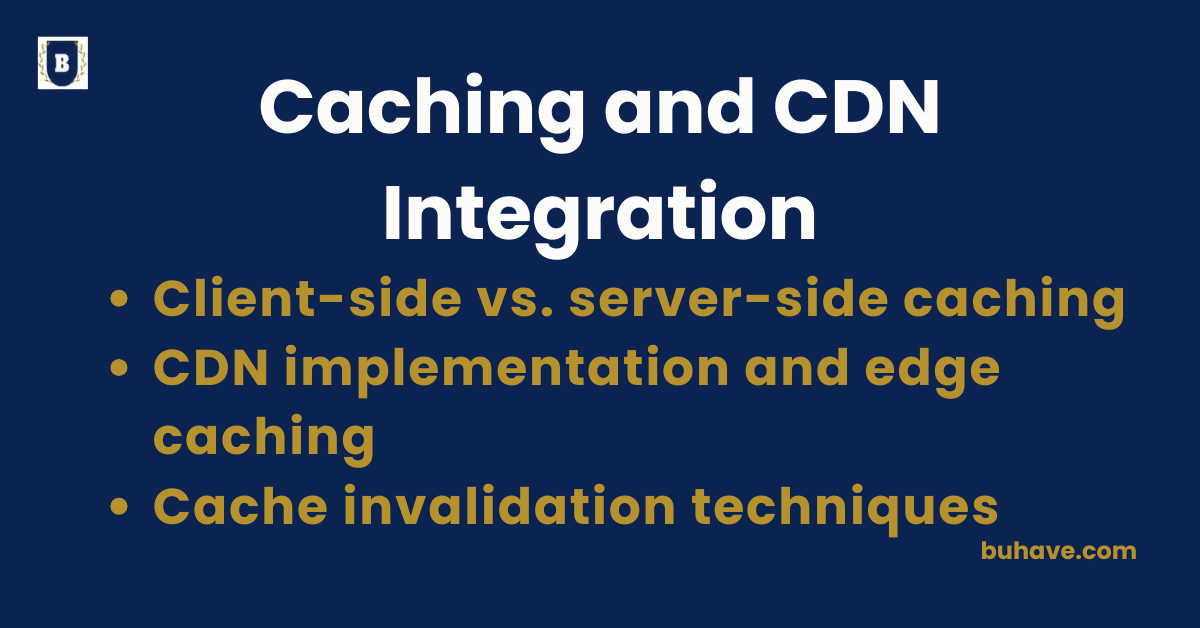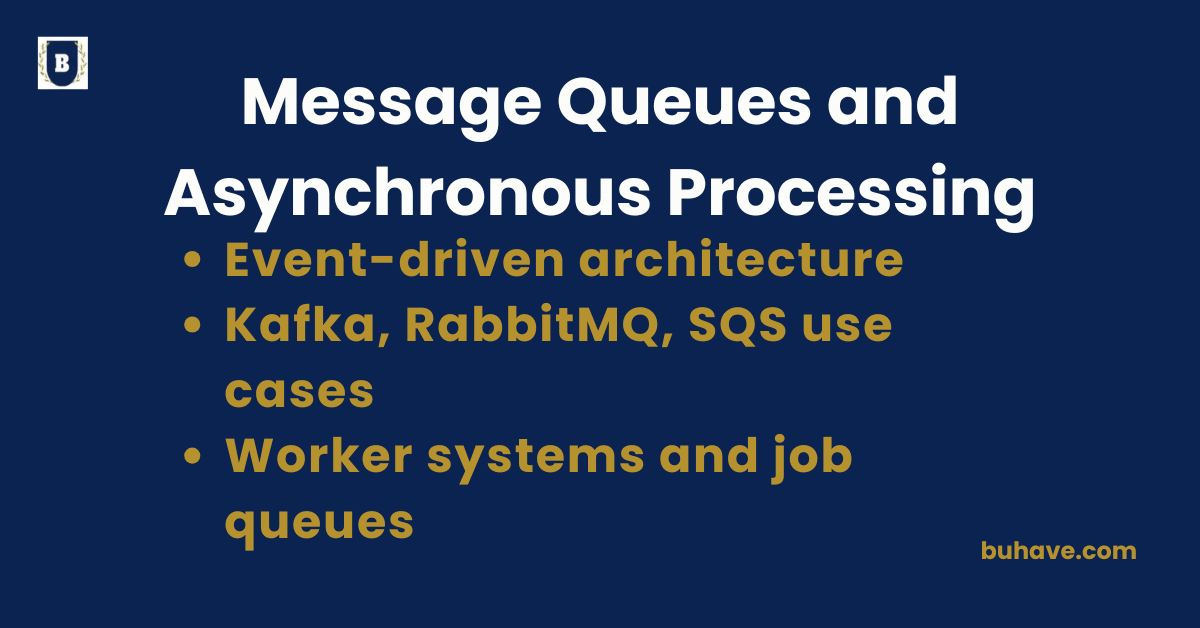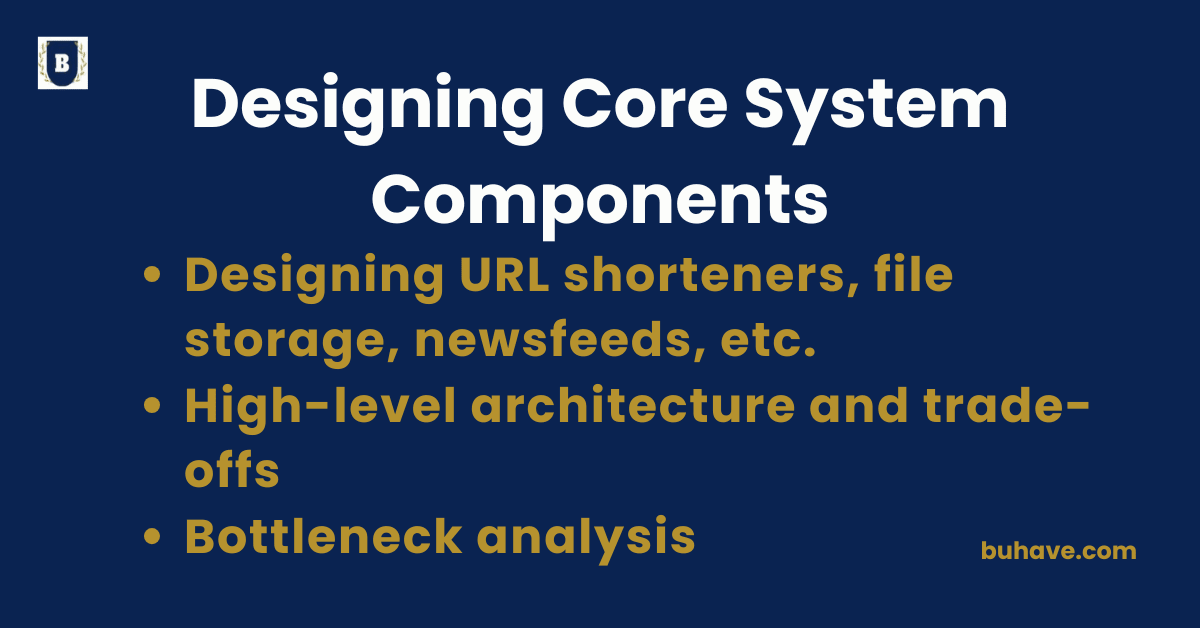Introduction to System Design
What is System Design? System design is the process of defining the architecture, components, modules, interfaces, and data flow for a complex software system to meet specific functional and non-functional requirements. It involves planning how different parts of a system interact, scale, maintain reliability, and


